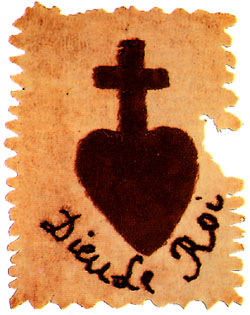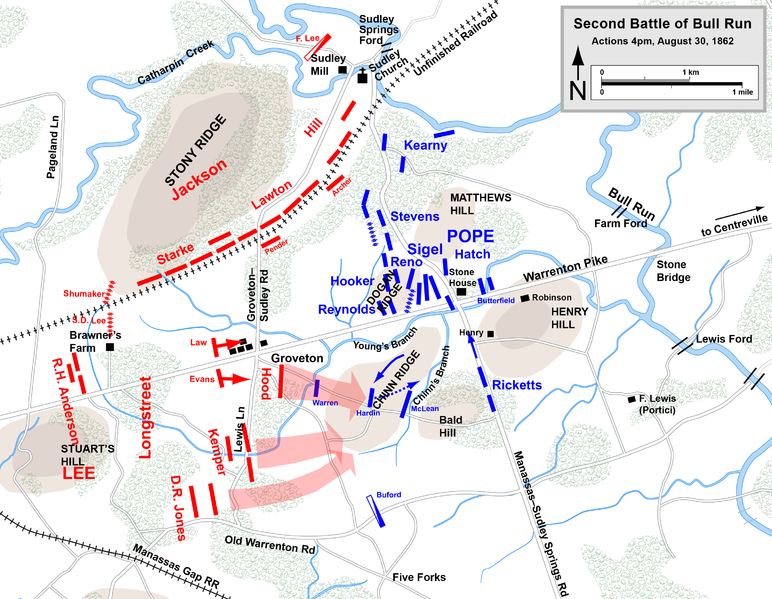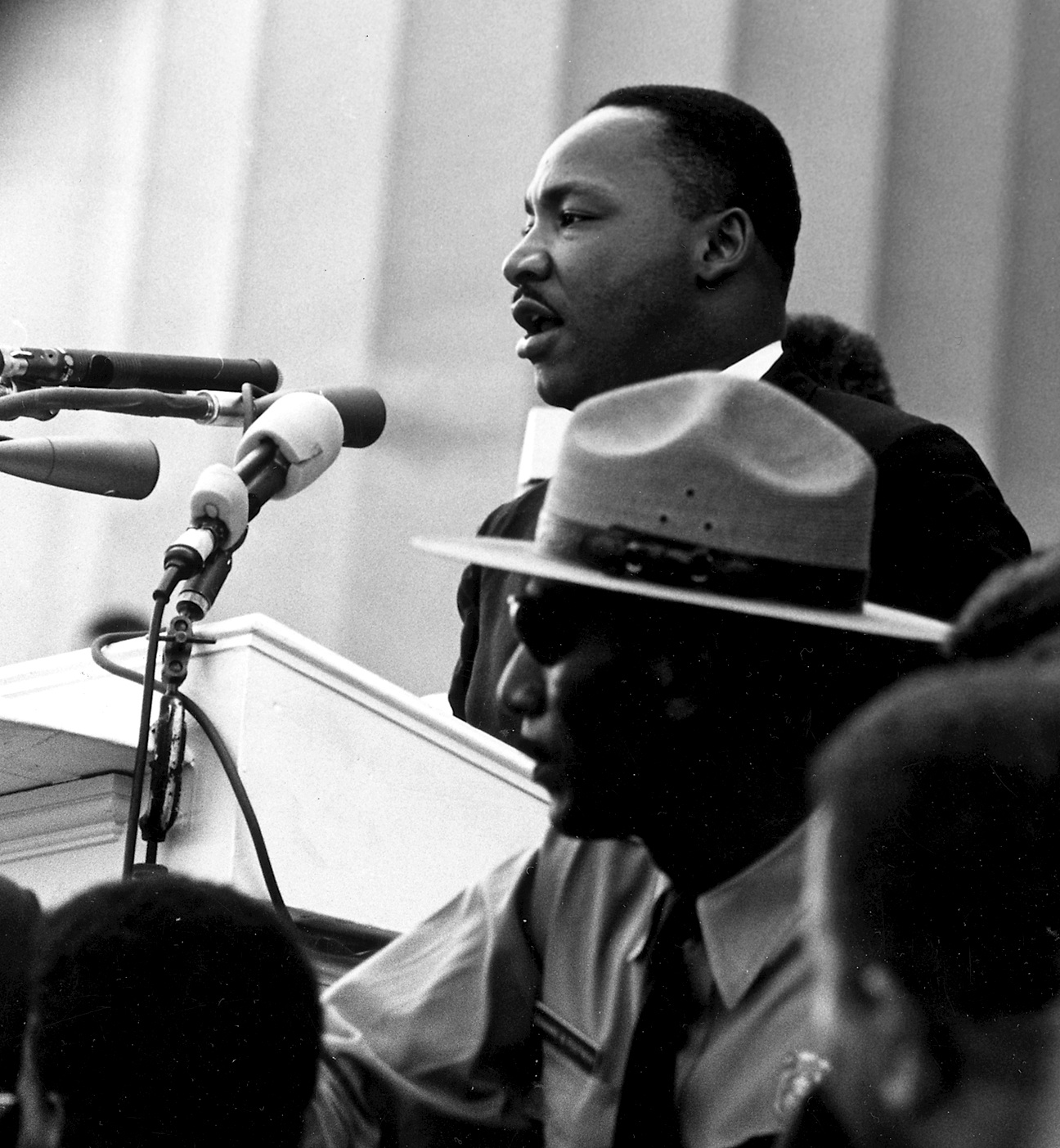A Sacred Heart insignia from one of the members of the Royal and Catholic Army that fought in the Vendee in 1793AD.
Who or what is a Vendeen? Here is the story:
The French Revolution began in 1789AD with the Estates-General, called by his most Christian majesty, King Louis XVI of France, turning itself into a National Assembly and attempting to remake France in accord with "Enlightened" principles. Even the Englishman, Edmund Burke, as expressed in his Reflections on the Revolution in France, published in 1790, could see that from its start, this Revolution was a rejection of the traditions of France, be they good or bad. The violent storming of the Bastille fortress in Paris on 14 July 1789 was but a prelude of what was to come. France was to be remade, and neither altar nor throne had a place in this new order.
In July 1790, the National Assembly passed the Civil Constitution of the Clergy which redrew the boundaries of the diocese of France, reducing the number from 120 to 80, required bishops to be elected by local assemblies, and prohibited the bishops from seeking confirmation of their post from the pope. That November 1790, the government required an oath of the bishops and priests of France to support the CCC. Less than 50% complied, and devout French Catholics sought out and supported "non-juring" priests that remained loyal to the Holy Father and refused to take the oath.
The National Assembly drafted a new Constitution in 1791 that made France, officially, a constitutional monarchy, as Louis XVI, though under house arrest, remained titular head of state. This didn't last long, as the king was deposed in August 1792 and France was declared a Republic in September 1792. The King was tried for crimes against the people, and executed on 21 January 1793.
The persecution of Catholics and of loyal French subjects grew increasingly worse. The execution of the king, along with a draft bill to raise 300,000 troops in France's war against Great Britain, Austria, and the Netherlands, prompted the people of the new Department of the Vendée, in the northeast of France, to rise against the Revolutionary government. This rising came on 12 March 1793, and within two days they had a force of 12,000. Their motto: "Long live the King, Long live the good priests!& White cockade." Two of the more notable leaders of this spontaneous counter-Revolution were Jacques Cathelineau, a baker, and Francois-Athanase Charette, a young nobleman.
The rising in the Vendée was taking place at the very time that Jacques Robiespierre declared a kind of martial law to stamp our the enemies of the Revolution -- as on 27 July 1793, he joined the Committee of Public Safety, which began systematically crushing opposition to the ruling regime. This was the Reign of Terror. At least 14,000 would be put to death in the next year.
The Vendeens had a great deal of initial success, quickly growing in numbers, and taking the city of Samaur on 9 June 1793. In an attempt to continue their momentum, Cathelieau had his Royal and Catholic Army march on the nearby port city of Nantes. This ended in disaster and left him wounded. The zealous commander of the Vendee rising died the next month, in July. The new leader of the rising would be Louis d'Elbee. In August, however, the Committee of Public Safety dispatched an army under Jean-Baptiste Carrier to suppress the rising and "pacify" the region.
Henri de Rochejaquelein by Pierre Guerin
The Vendeens met defeat at the Battle of Cholet in October, when General d'Elbee was wounded, and Henri de Rochejaquelein, a young man of 21, was elected the new commander of the cause. The foreign assistance that the rising so desperately needed never came, and by December the cause was crushed.
That Spring of 1794, at the command of the Committee of Public Safety, a force under General Louis Marie Turreau, completed the "pacification" of the region, engaging in what was simply genocide. Some 20,000 to 50,000 Vendeen civilians were killed in the campaign of the "infernal columns" from January to May 1794AD.
The Reign of Terror itself would end that summer of July 1794 with the overthrow and execution of Robiespierre, but the chaos in France would continue for some years, under the coming of Napoleon.
The Vendeens, then, were devout Catholics that, when faced with government persecution of their Church, and attacks on their deeply cherished traditions, stood against such tyranny, even in the face of overwhelming odds.


















